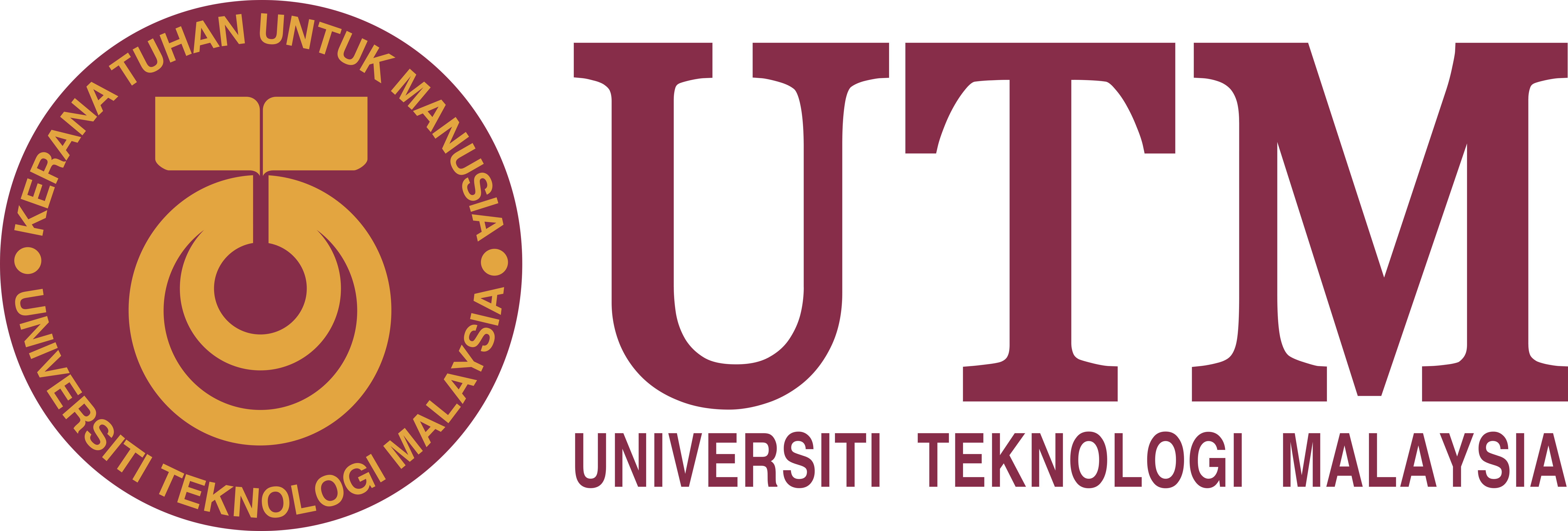Date: 27 – 28 November 2019
Industrial hygiene is a term that directly relates to having a healthy workplace. The objective of the industrial hygiene, is to prevent job-related illnesses in the workplace.
There are four basic principles of industrial hygiene that include – 1) Anticipation, 2) Recognition, 3) Evaluation and 4) Control of workplace health hazards.
Each principle attempts to answer specific questions about the work environment and the potential health hazards that may be present. They are arranged in a particular order because the effectiveness of each step depends on the successful completion of the previous step.
To better understand industrial hygiene, consider these definitions:
- Exposure is the dose of a harmful agent that a worker experiences.
- Toxicity refers to the potency of an agent or its inherent ability to cause harm.
- Risk is the probability of a hazard being realized.
- Risk Reduction and Risk Elimination are the ultimate goals of industrial hygiene.
Therefore, OSHE UTM and TTC UTM have organized these 2-day’s course, to keep its workers healthy and safe. It quite challenging in ensuring that workers are healthy and safe during their work shifts.
Maintaining proper training for the employees, supplying proper PPE (when necessary), and minimizing workplace hazards all help in creating a saferwork environment.
However, we most often focus on reducing injuries but overlook the importance of protecting workers from occupational illness. And many of illnesses can result in anything from minor health effects to ultimately, death.
Hopefully with these commitment and awareness, UTM will success of creating a safe and healthy work environment.

